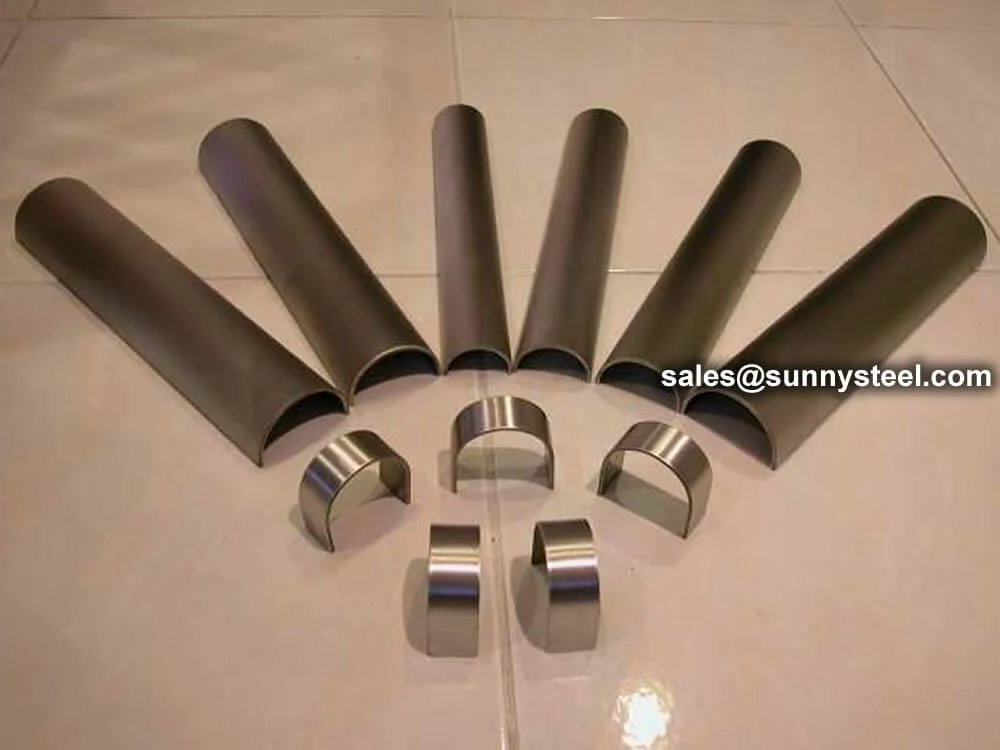
Tube Wear Protection
Boiler erosion shields protect critical tube areas from ash erosion, corrosion, and particle impact, ensuring longer life and reduced maintenance in power boilers.
Tube Wear Protection
Boiler erosion shields protect critical tube areas from ash erosion, corrosion, and particle impact, ensuring longer life and reduced maintenance in power boilers.
Boiler erosion shields, commonly referred to as boiler tube shields, anti-corrosion shields, or wear-resistant shields, are essential components designed to safeguard boiler tubes from the abrasive and corrosive conditions found in industrial boiler environments. These conditions include high-velocity flue gases, abrasive fly ash, and corrosive chemical reactions, which can significantly degrade unprotected tubes. Widely used in power generation, petrochemical plants, and other industrial settings, boiler erosion shields protect critical components such as superheaters, reheaters, economizers, and water-cooled walls, ensuring prolonged operational efficiency and reduced downtime.
Crafted from high-grade materials like stainless steel (SS304, SS316, SS310, SS309) and alloy steels (A387 P11, A387 P22), boiler erosion shields are engineered to withstand extreme temperatures and mechanical stress. Advanced material grades, such as TP321 and TP310S, provide exceptional resistance to corrosion and high-temperature environments, withstanding temperatures up to 925°C. These shields are available in various configurations—straight, inner-curve, outer-curve, side-curve, and S-curve—to accommodate diverse tube geometries, including finned tubes commonly used in boiler systems. The shields typically feature a semi-circular (180-degree) cross-section, though custom angles ranging from 120 to 240 degrees are available to meet specific requirements.
The manufacturing process for boiler erosion shields involves precision techniques, such as high-pressure pressing and professional mold shaping, to ensure a smooth surface, superior weldability, and aesthetic quality. For curved shields, specialized bending processes are employed, with detailed specifications for tube outer diameter, bending radius, and angle provided in technical drawings. The inner diameter of the shield is designed to be 1-3mm larger than the tube’s outer diameter for a secure fit. Common tube sizes supported include 32mm, 38mm, 44.5mm, 57mm, and 63.5mm, with shield lengths ranging from 20mm to 3000mm, though 1000-2000mm is the most frequently used range.
Boiler erosion shields address critical user needs by minimizing maintenance costs and preventing unexpected tube failures caused by erosion or corrosion. By protecting vulnerable boiler components, these shields ensure reliable performance in demanding environments, such as fossil fuel-fired boilers, biomass-fired power stations, and circulating fluidized bed (CFB) boilers. Positive Material Identification (PMI) is employed during production to verify the material grade and composition, ensuring compliance with stringent industry standards. Additionally, excess materials are repurposed into snap rings, enhancing cost-efficiency and sustainability.
The shields offer long-term reliability, with a typical service life of 3-5 years, depending on operating conditions and boiler type. Customizable features, such as wrap angles (90º to 240º) and end types (straight, belled, or flared), allow for tailored solutions to meet specific operational demands. For extreme conditions, advanced options like chromium carbide coatings or exotic alloys such as Inconel provide enhanced durability and resistance to wear and corrosion.
Constructed from stainless steel, Inconel, or chrome-moly alloy steel, boiler erosion shields act as sacrificial barriers that absorb abrasive forces, preserving the structural integrity of the tube underneath. Their installation is most critical in areas subjected to gas impingement or ash impact, particularly in the furnace zone, economizers, and superheaters.
They are available in various profiles such as U-shape, semi-arc, and wrap-around types, and are typically spot welded, clipped, or bolted to the tubes. With precision shaping and surface treatment, these shields provide seamless protection with minimal disruption to thermal transfer or fluid flow.
By using boiler erosion shields, plant operators significantly reduce unplanned downtime, lower tube replacement costs, and enhance the operational reliability of their systems.
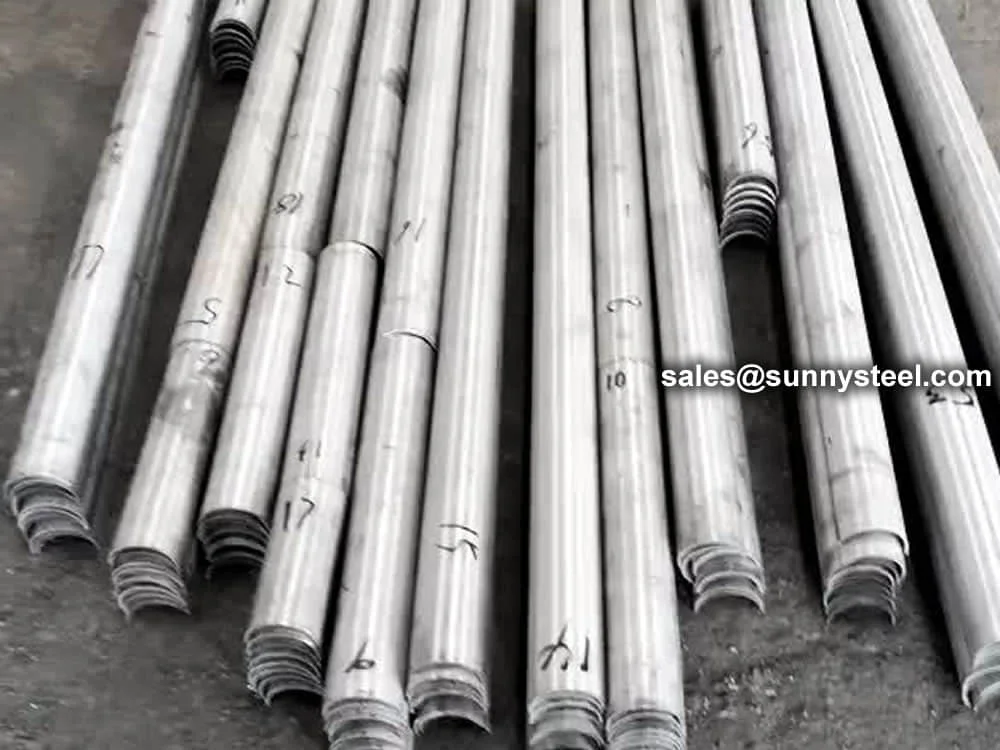
Tube shields provide robust protection for boiler ...
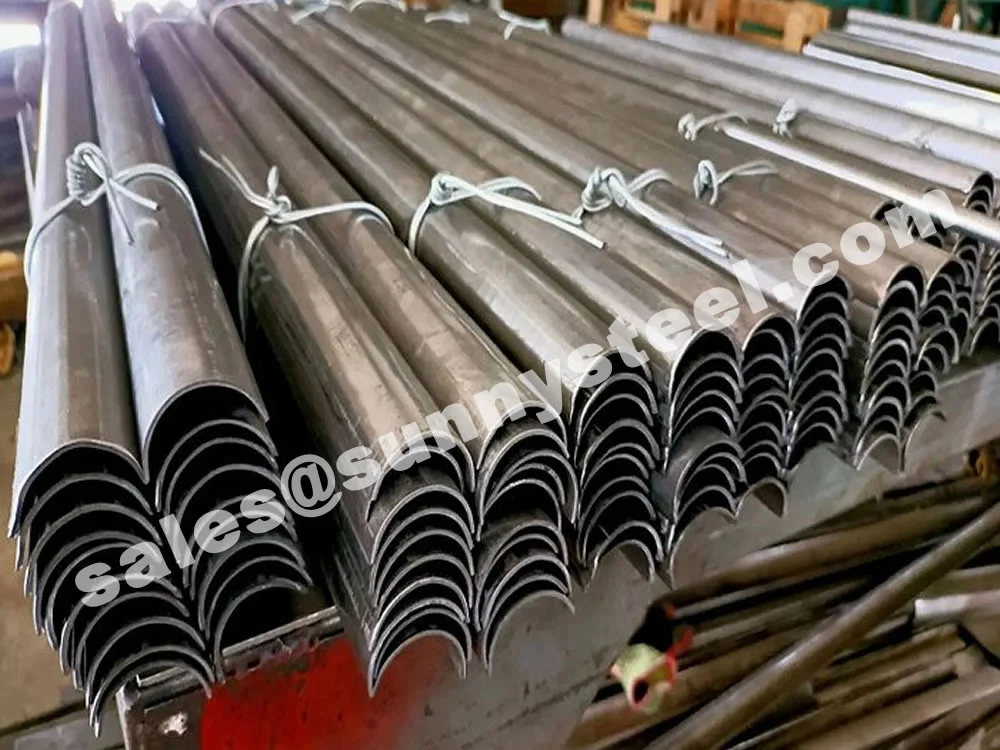
Discover durable erosion shields designed to prote...
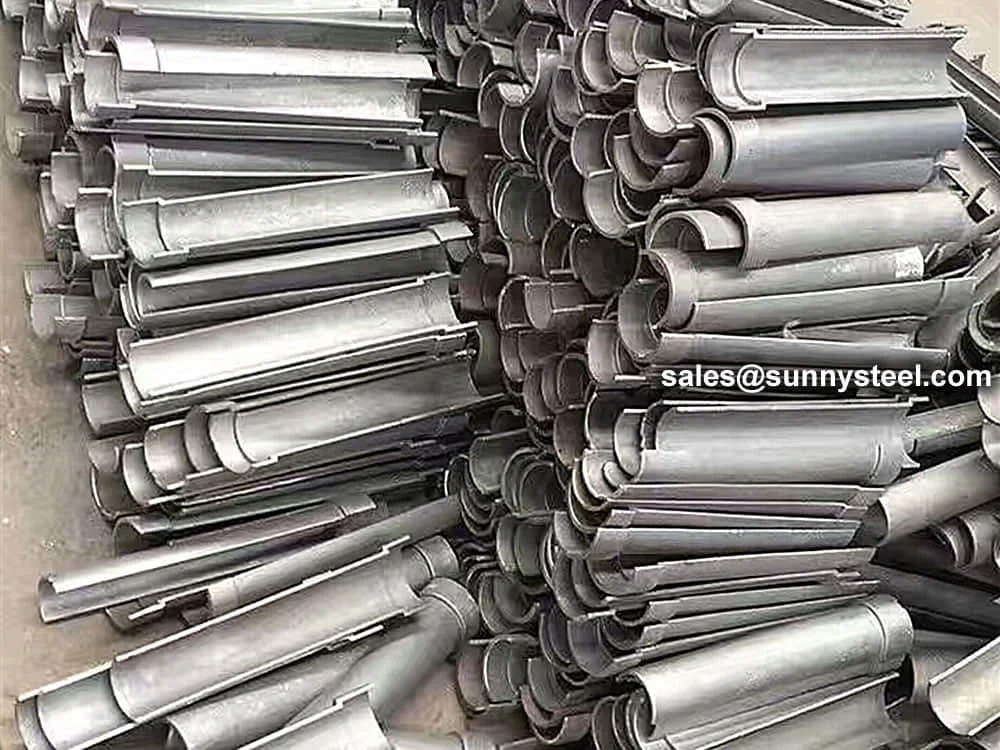
Erosion shield tube boilers protect tubes from ero...
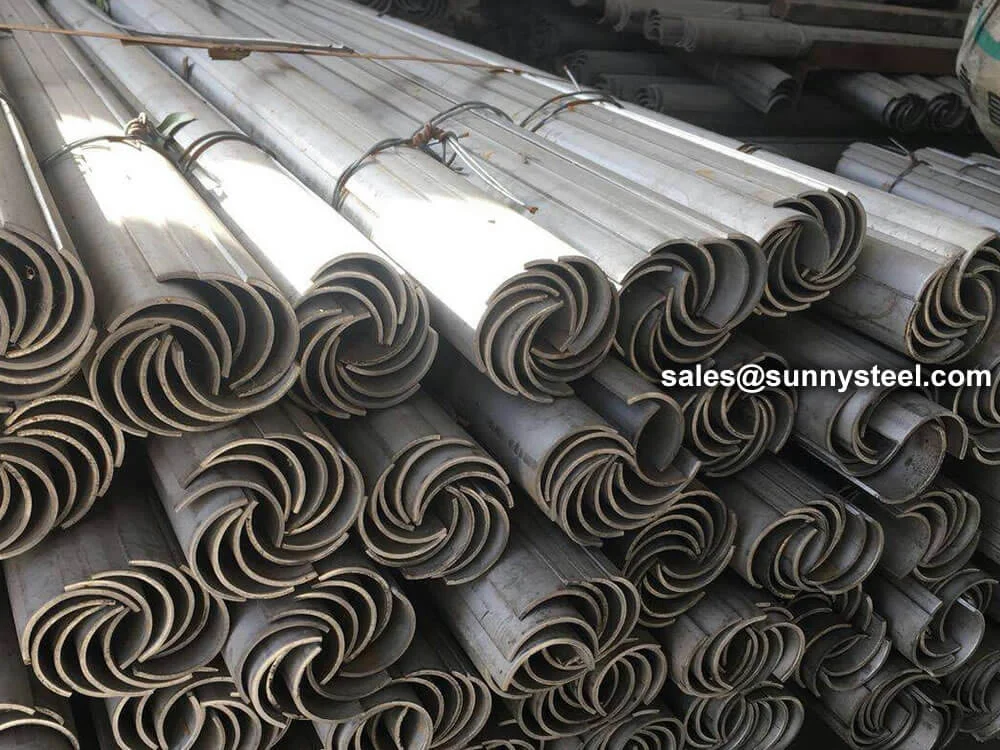
Erosion protection shields safeguard boiler tubes ...
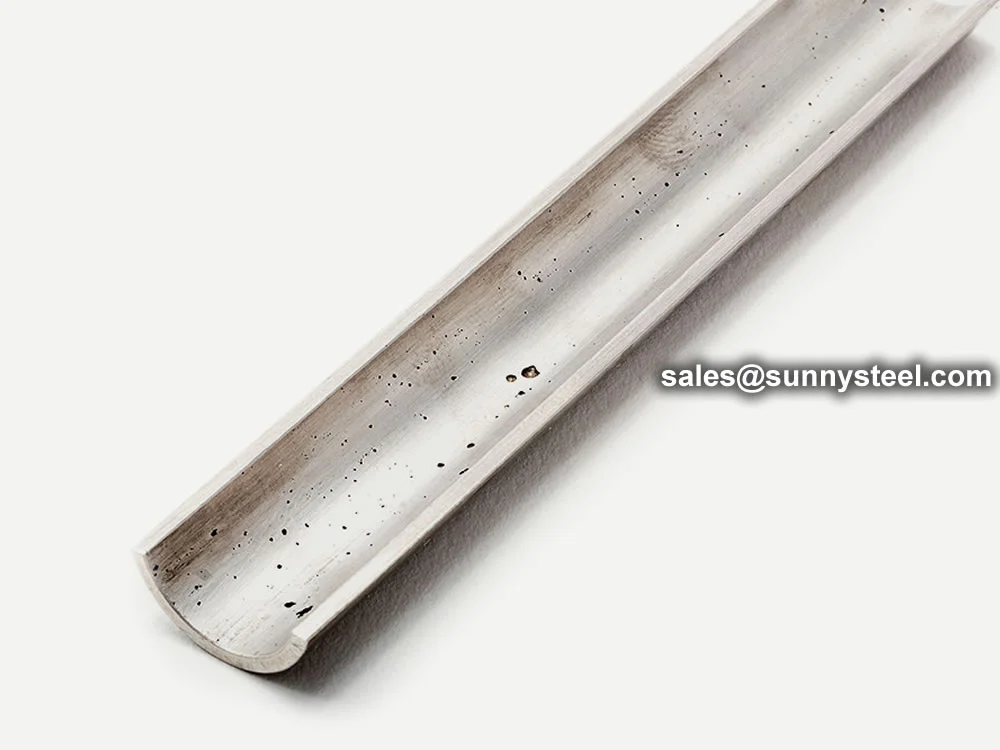
Boiler erosion shields protect tubes from erosion ...